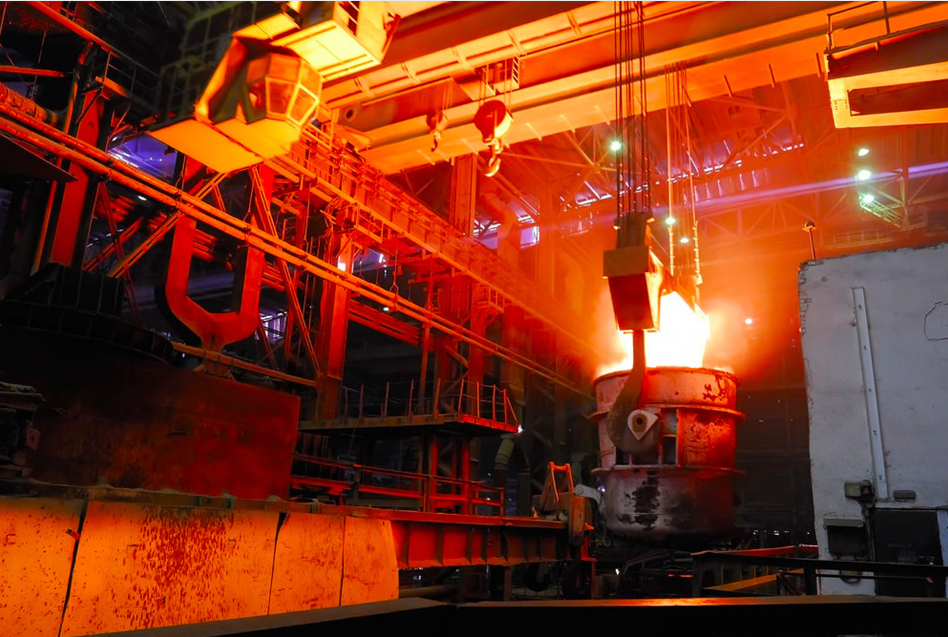Prototype casting is a process used in creating customized models, which is an art that requires skill, precision, and knowledge in various techniques and materials. The process involves creating a model or a prototype for a specific product intended for mass production. The prototype created will serve as a reference for the final product that will be produced.
The art of prototype casting is a crucial process in product development as it allows designers to create a physical model of their designs before mass production. It gives designers an opportunity to make any necessary adjustments or modifications to the design before finalizing and producing the product.
Prototype casting involves several steps, which include designing, molding, casting, and finishing. Designing is the first step and involves creating a blueprint or a digital model of the product. The designer must ensure that the design is functional, aesthetically pleasing, and meets the required specifications.
The second step is molding, where a mold is created based on the design. The mold is usually made of silicone or other materials that can be used to cast the prototype. The mold is created by pouring the material into a container that has the shape of the model. The material is then left to cure and harden to create the mold.
The third step is casting, which involves pouring the desired material into the mold. The material used depends on the final product that will be produced. The material can be plastic, metal, or any other material that can be molded into the desired shape. The material is poured into the mold and left to cure and harden.
The final step is finishing, which involves removing the prototype from the mold and cleaning it up. The prototype is then polished, sanded, and painted to create the final product.

Prototype casting is an important process in product development as it allows designers to test and refine their designs before mass production. It also ensures that the final product meets the required specifications and is of high quality.
There are various techniques and materials used in prototype casting, which include vacuum casting, investment casting, sand casting, and 3D printing. Each technique has its advantages and disadvantages, and the choice of technique used depends on the product being produced.
In conclusion, prototype casting is an art that requires skill, precision, and knowledge in various techniques and materials. It is a crucial process in product development as it allows designers to create a physical model of their designs before mass production. Prototype casting ensures that the final product meets the required specifications and is of high quality.

 0086-750-5616188
0086-750-5616188 +86 13392089688
+86 13392089688 sales@zhongmei-tech.com
sales@zhongmei-tech.com













